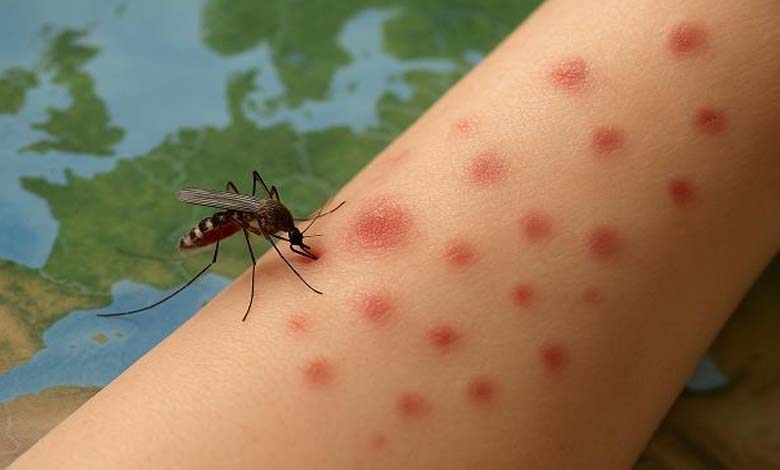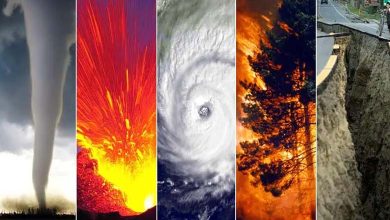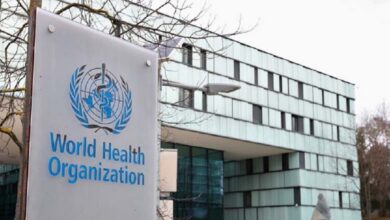An Unprecedented Surge of Mosquito-Borne Diseases in Europe

In recent years, Europe has been facing a profound transformation in its health landscape, marked by the unprecedented emergence and rapid spread of mosquito-borne diseases. A phenomenon once confined to tropical and subtropical regions is now firmly taking root within the European continent, raising growing concerns among public health authorities, researchers, and citizens alike.
-
First Death from Rare Disease Caused by a “Mosquito Bite” in the U.S.
-
‘An alert study on the diurnal behavior of malaria mosquitoes’ – Central African Republic
Rapid expansion of vectors
The Asian tiger mosquito (Aedes albopictus), native to Southeast Asia, has emerged as one of the primary vectors of arboviruses in Europe. First identified in southern France and Italy in the early 2000s, it has since spread to more than 20 European countries, including regions once deemed inhospitable, such as Germany, Switzerland, and Belgium. This remarkable adaptation stems from a combination of factors: climate change, intensified urbanization, and the acceleration of global trade and travel.
Tropical diseases becoming local
The spread of the tiger mosquito has paved the way for diseases once considered exotic to become locally transmitted in Europe. Dengue, chikungunya, and Zika virus, long perceived as distant threats, are now reported as autochthonous cases — contracted without prior travel. In recent summers, France alone has documented dozens of locally acquired dengue cases. Similarly, Italy and Spain have recorded sporadic outbreaks of chikungunya.
Even more concerning is the growing presence of West Nile virus, transmitted by the common house mosquito Culex pipiens. Already endemic in parts of Eastern and Southern Europe, the virus caused hundreds of severe cases, including fatalities, in 2022 and 2023. Its northward expansion suggests an intensification of its health impact across the continent.
The role of climate change
Climate change is a central driver of this phenomenon. Rising temperatures enhance mosquito survival and reproduction, while extending the transmission season. Longer, hotter summers, coupled with cycles of heavy rainfall followed by drought, create ideal breeding conditions for larvae. Predictive models indicate that by 2050, large parts of Western Europe could become potential transmission zones for dengue and chikungunya.
-
A “unprecedented” virus infects a young man in Peru
-
Bedbugs invade Paris, and the government rushes to eradicate them
Health and economic consequences
The implications extend well beyond public health. Hospitalizations, prevention campaigns, and productivity losses could impose a heavy burden on European healthcare systems and economies. Furthermore, the psychological impact on populations — anxiety over mosquito bites, reduced outdoor activities, and heightened perception of risk — could alter lifestyles in significant and lasting ways.
Responses and future outlook
In response, several European countries have strengthened entomological and epidemiological surveillance systems. Public awareness campaigns encourage citizens to eliminate stagnant water, the primary breeding sites of mosquitoes. Meanwhile, scientific research is exploring innovative solutions: genetically modified mosquitoes, symbiotic bacteria capable of disrupting viral transmission, and vaccines against dengue and West Nile virus.
-
UK Reports Unexplained Case of Mutated Mpox Virus, Raising Public Health Concerns
-
Head Injuries May Reactivate Viruses and Increase the Risk of Neurological Diseases
Experts stress, however, that fragmented national responses will not suffice. Given the mobility of both mosquitoes and people, only a coordinated, continent-wide strategy can prove effective. The European Union, through the European Centre for Disease Prevention and Control (ECDC), advocates for greater cooperation, encompassing data sharing, standardized protocols, and significant investments in research.
A new health reality
Europe is entering an era in which mosquito-borne diseases are no longer imported threats but local realities. This shift requires heightened vigilance, adaptation of public health policies, and a collective awareness of the risks ahead. Once regarded as a tropical nuisance, the mosquito has firmly established itself in Europe, reshaping the continent’s health security landscape in unprecedented ways.
-
Surprise… Virus Affecting ‘Most People’ Causes Serious Disease
-
New Hope for AIDS Patients: Effectiveness of Antibodies Fighting the Virus












